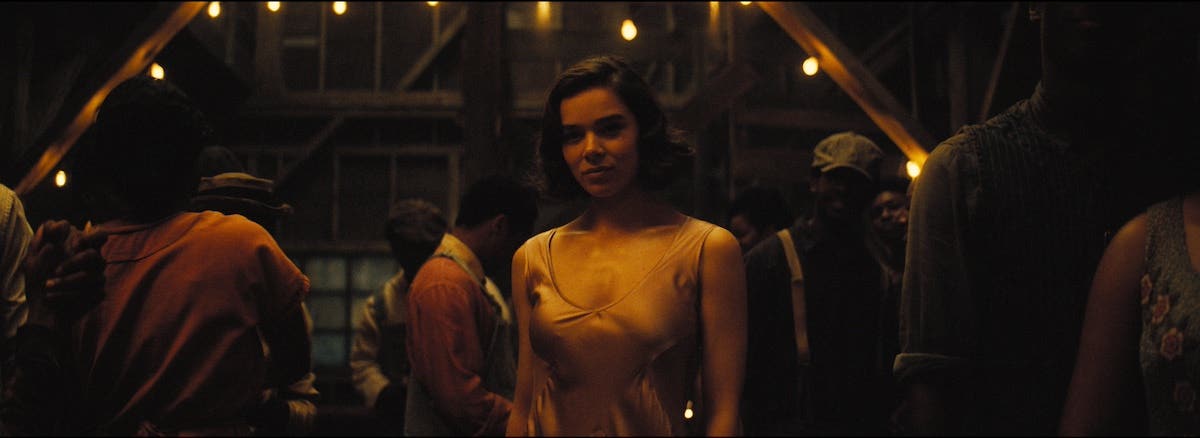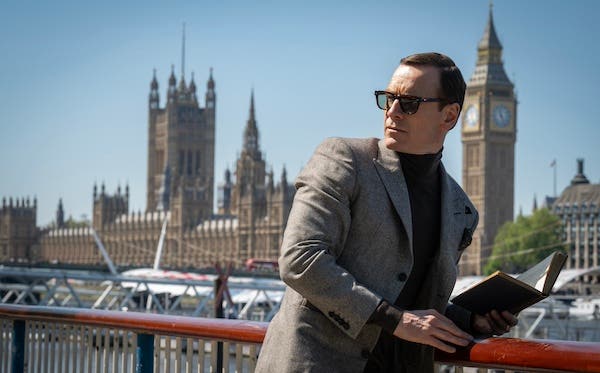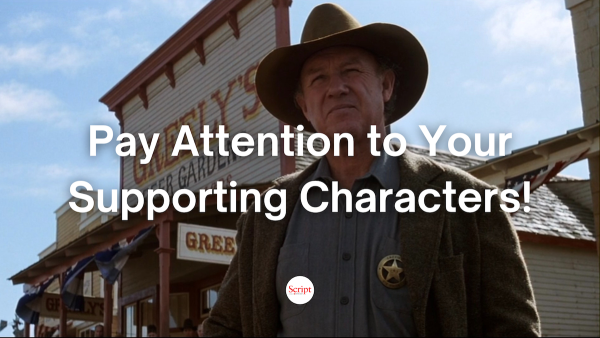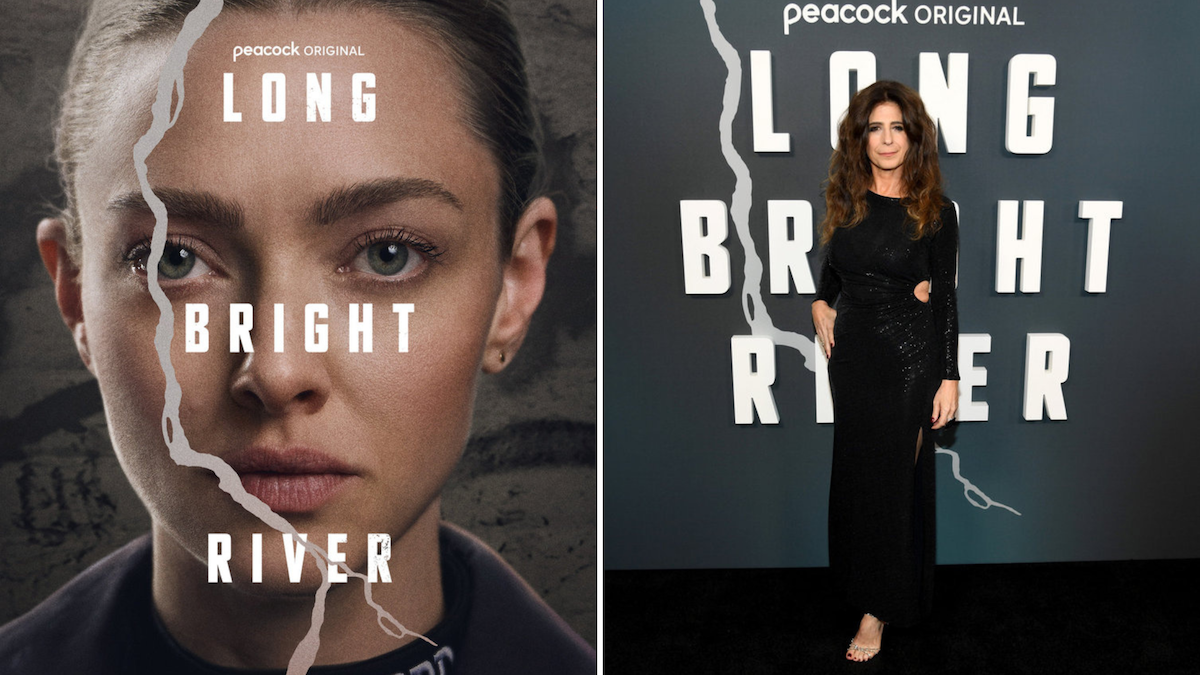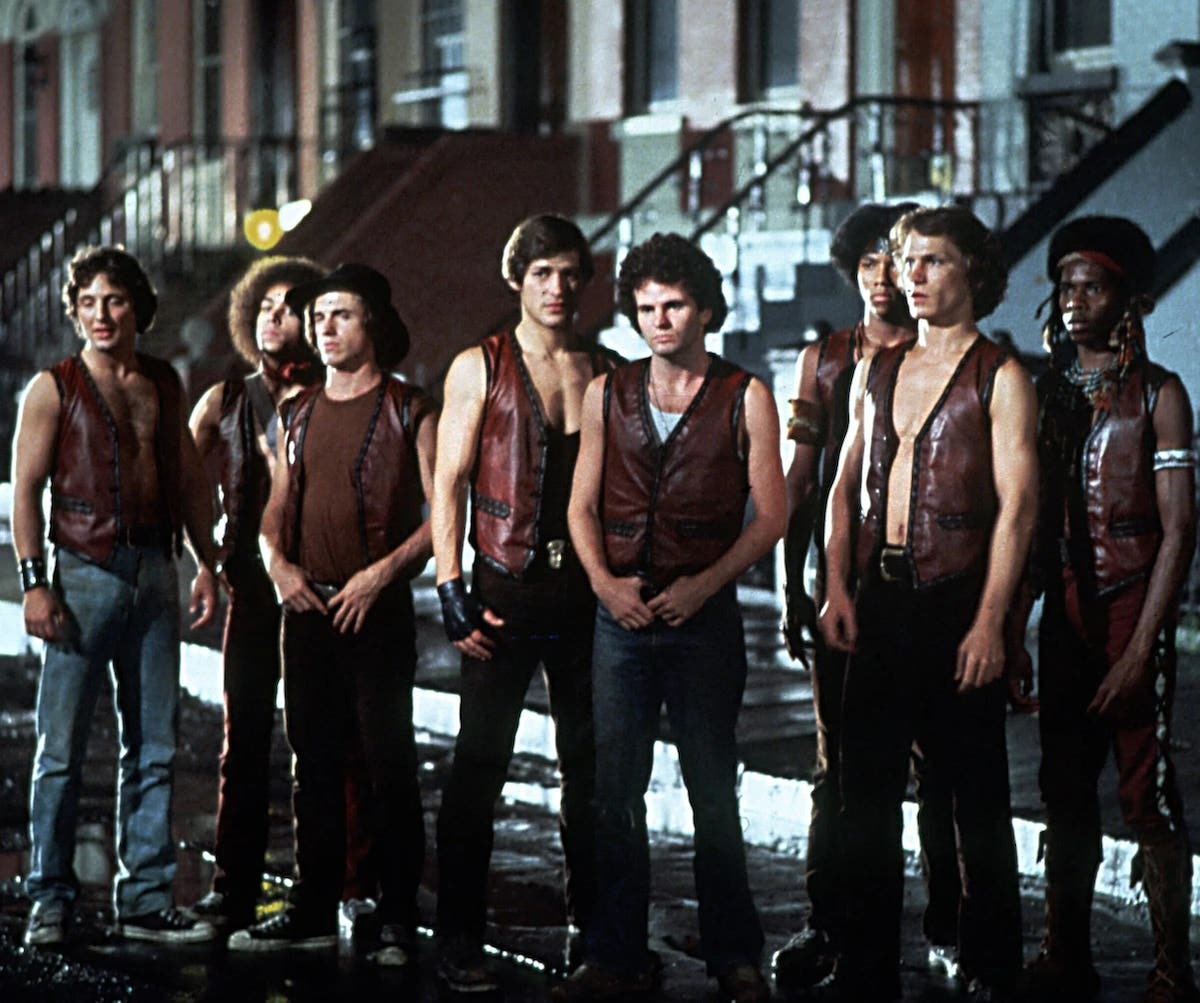Column D: Writing Dialogue -The Nose Knows
In this post I want to talk a bit about dialogue. Obviously, when it comes to screenwriting, the subject of dialogue requires a lot more than a 800-word blog tip….
In this post I want to talk a bit about dialogue. Obviously, when it comes to screenwriting, the subject of dialogue requires a lot more than a 800-word blog tip. So that’s why I am specifically limiting today’s advice to re-writing and dialogue.
First of all, when writing your first draft, it's important to note that your dialogue will be rough. “Bad” is the word I often use. That’s simply a fact of life. Why is that, you might ask?
There are a number of reasons for this. For starters, you don’t fully know your characters yet. In addition, you don’t have your story down completely. Finally, it’s likely that you’ll race through your scenes to get everything down in that first draft, and racing is what often leads to bad dialogue.
Don't worry. It's not as horrible as it sounds. You should know that it happens to the best of screenwriters, even the pros. But having accepted that, you must then be sure to use your re-writes - all of them - to improve that dialogue.
In my experience, there are two ways in which your first draft dialogue will suffer. First, your initial dialogue is more likely than not to be on-the-nose. If this is an unfamiliar term to you, it simply means that the characters are saying exactly what they’re thinking and feeling in the most straightforward manner. There’s no subtlety or nuance. What you hear is what you get.
The problem with this? Most of us don’t do this in our daily lives. It’s not how we talk. We phrase things in a less-direct manner, leaving whoever is listening to figure out what we’re really saying. Think of any conversation you may have had with your boss in a serious setting. Or your spouse. On the other hand, if you want an example of on-the-nose dialogue, tune in to a soap opera or two. It won’t take you long to hear the difference between that dialogue and, say, The Social Network.
In this regard, I’ve heard it said that “movie speak” is an exaggerated version of “real speak.” I believe that to be true. Moreover, audiences love to "participate" when watching a film, meaning that they want to figure things out for themselves, as opposed to having things spelled out for them.
For all those reasons, you should avoid on-the-nose dialogue whenever possible in your script. That means that when you re-write your first draft, and each successive draft, you should examine each line of dialogue to see if there is a way for you to say the same thing in a more interesting and less-obvious manner.
The second area of concern with first draft dialogue involves your characters. One of the most common mistakes I see from new writers is that all the characters in their script sound the same. And guess who they sound like? Yup. The writer.
If you want to separate yourself as a writer, this is something you must master. Your characters should all have distinct voices. Ever notice how your friends are all a little different in how they speak? How they have their own favorite expressions and language? The same should hold true with respect to "movie speak." They say you should be able to cover the character’s name above the dialogue and be able to tell who’s talking simply by reading the dialogue. Now that’s probably a bit of an exaggeration, but it’s still something to strive for.
Again, this is an aspect of dialogue you should examine in your re-writes. Take a look at each character’s lines and make sure that they are not only consistent with that character, but also different enough from the other characters so that they have their own “voice.” Fortunately, this part of dialogue will improve with each re-write, as you get to know your characters better and begin to "hear" their voices.
I should note that you are also likely to get better at writing dialogue in your first draft, as you get to be a more accomplished writer. You’ll be less likely to write something on-the-nose the first time, since your ear for good dialogue will have improved.
By the same token, with experience and dogged script preparation, you are more likely to have a good grip on who your characters are before you write that first draft, so that giving them a distinctive voice will almost come naturally, even early in the process.
This will all take some time and get easier as you get to know your characters and story better. But let me say once more that you should look at every single line of dialogue before sending out your script. That doesn’t mean you will have to change every line. Some you will have gotten right the first time. Also, there might be times when your dialogue actually should be direct. Nevertheless, look at each line to be sure of your choice.
In my next post, I'll offer up another tip with respect to dialogue. Here's a hint: it's a number thing.
Related Articles and Tools to Help:
- More Column D articles by Drew Yanno
- Jeanne's Tuesday Screenwriting Tips: Polishing a Screenplay
- Products by Drew Yanno at The Writers Store
Tips for Editing and Rewriting Your Screeplay - FREE Rewrite Checklist
Drew Yanno began writing for film in 1993 and has been a member of the WGA since 1995 when he sold his script No Safe Haven to Universal Studios after a six hour bidding war. In 2000, Drew founded the screenwriting program in the Film Studies department at Boston College where he taught for eleven years. He is the author of The Third Act: Writing a Great Ending to Your Screenplay. His second book Idea to Story to Screenplay: a Workbook For Writing the First Draft of Your Screenplay is now available as a Kindle e-book on Amazon. Drew’s first novel In the Matter of Michael Vogel was released in March 2013 and was named one of the best Kindle Books of 2013 by Digital Book Today. In addition to writing and teaching, Drew also worked as a script consultant and served as an adviser to actor and producer Will Smith on a number of projects. Prior to becoming a screenwriter and screenwriting professor, Drew was a practicing attorney and taught law in the Carroll School of Management at Boston College. Follow Drew on Twitter @drewyanno.


